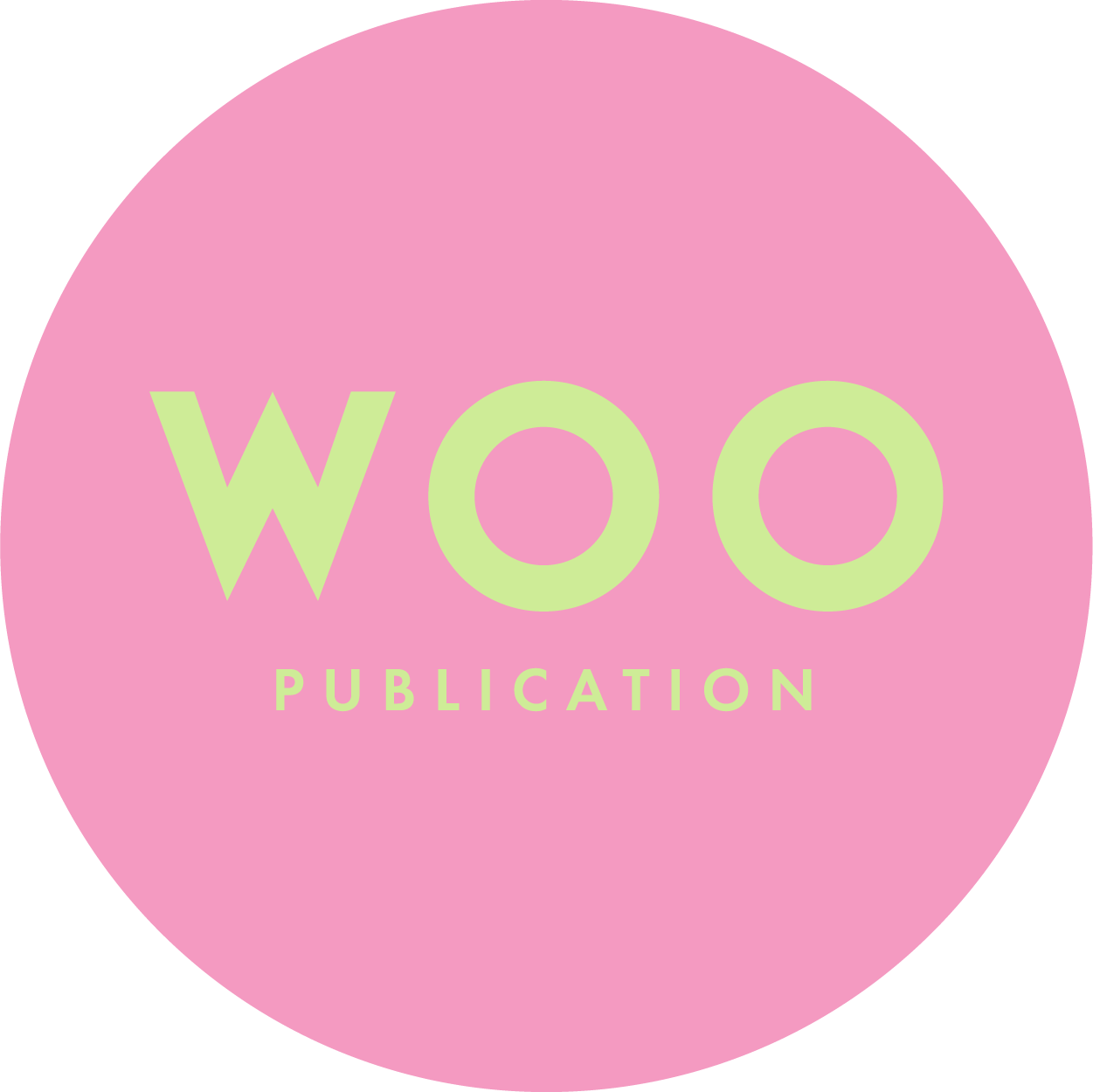Writing a Proposal
By Jessica Molcan
By the time you arrive to your third or fourth year of university, chances are you’ve had to write a proposal—or will have to. This is an invaluable skill to develop since most creative fields require written proposals when applying to galleries, grants, projects, or workplaces. Here are some things to consider before you start writing.
Your Audience
Who is your proposal directed to? This will change the type of language and presentation you use when expressing the direction for your project. Depending on the nature of your submission, general guidelines for what’s required may be provided. For instance, a gallery or grant proposal will outline guidelines for any public calls for artists; a client will express what they’re looking for; other projects will be outlined through an employer or university professor.
General Content
A proposal is a blend of both a resume and an essay. A detailed explanation to convince the reader why they should endorse the proposal is sandwiched between a cover letter and supporting documents, such as a timeline, budget, qualifications, and/or portfolio. The project description is structured similarly to an essay as its primary function is to argue for the project and the reasoning behind it. The supporting materials are to assist in showing why you’re the person capable of achieving the end result.
Finishing Touches
Proofread, proofread, proofread. You don’t want the meaning behind your proposal to become twisted simply because of one typographical error or a misplaced decimal point in your budget section. It doesn’t hurt to have someone else take a look at it as well. As a final tip, remember to tailor your proposal to your audience, address the organization, client, or gallery directly in your cover letter. Your proposal shouldn’t come across like a formal letter, but rather it should be considerate of who it’s directed at.
